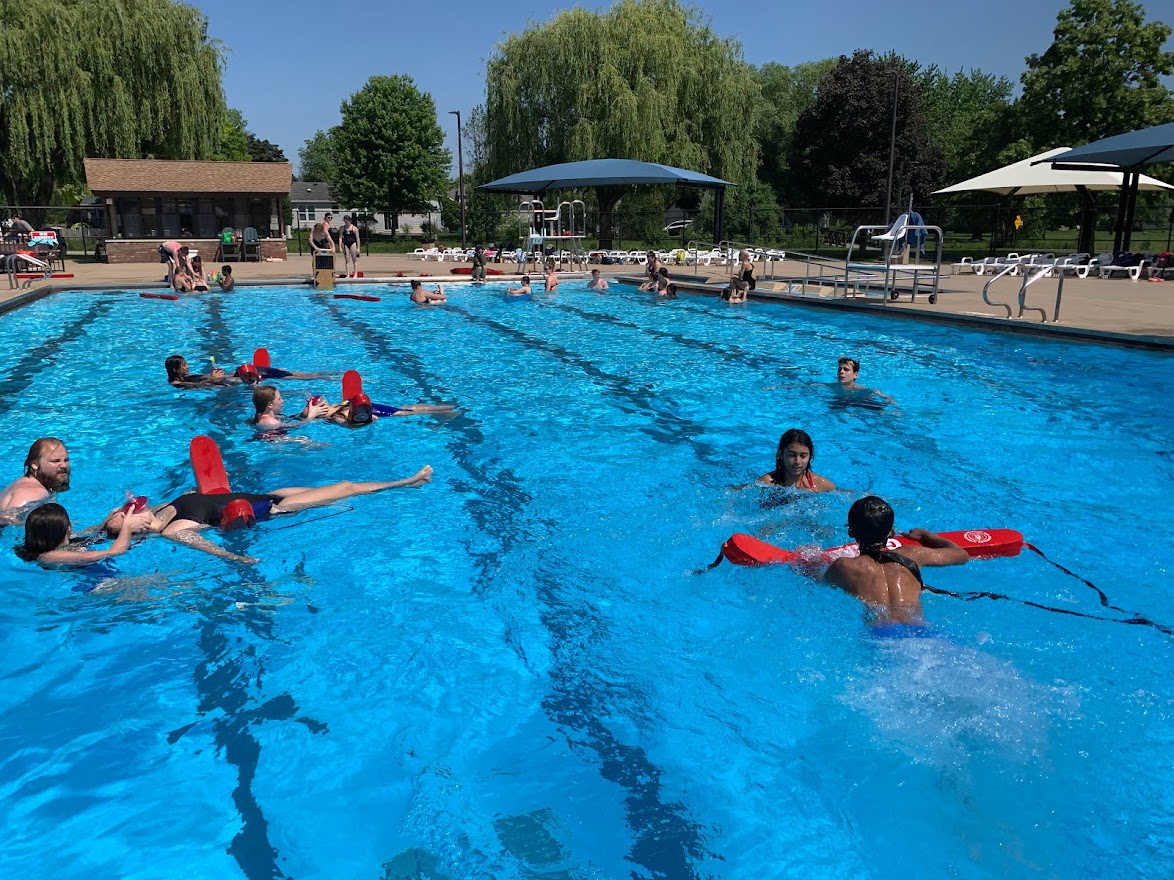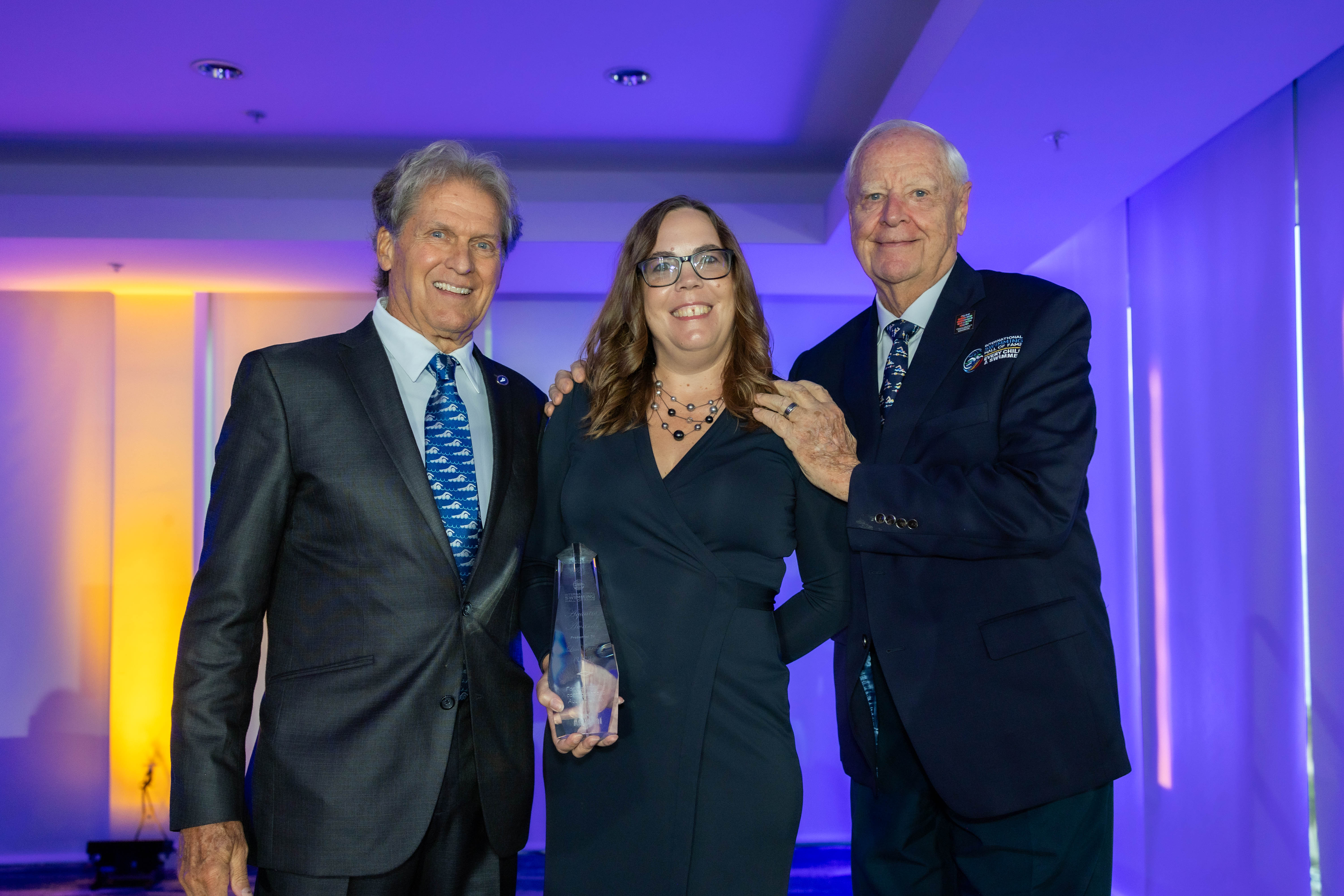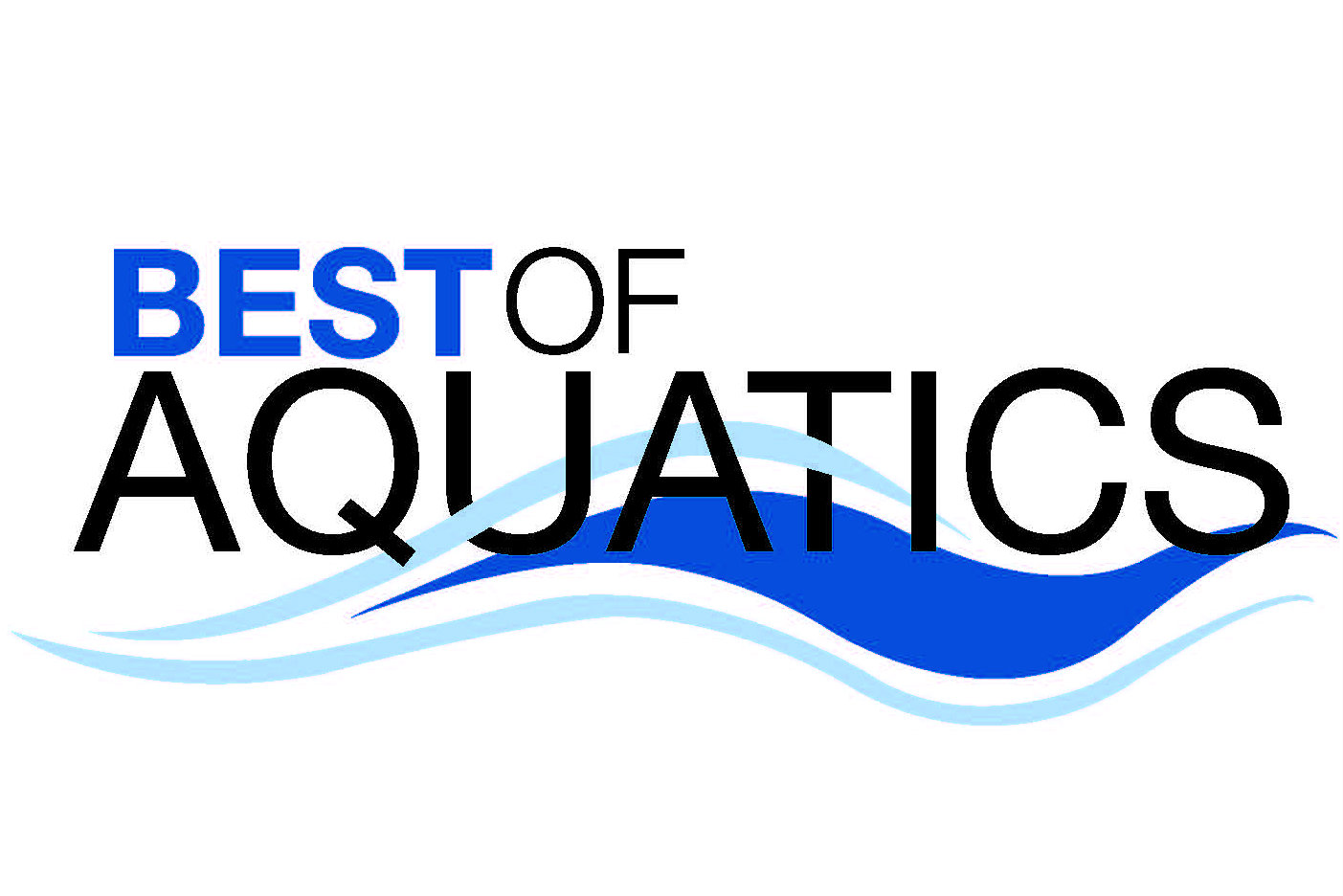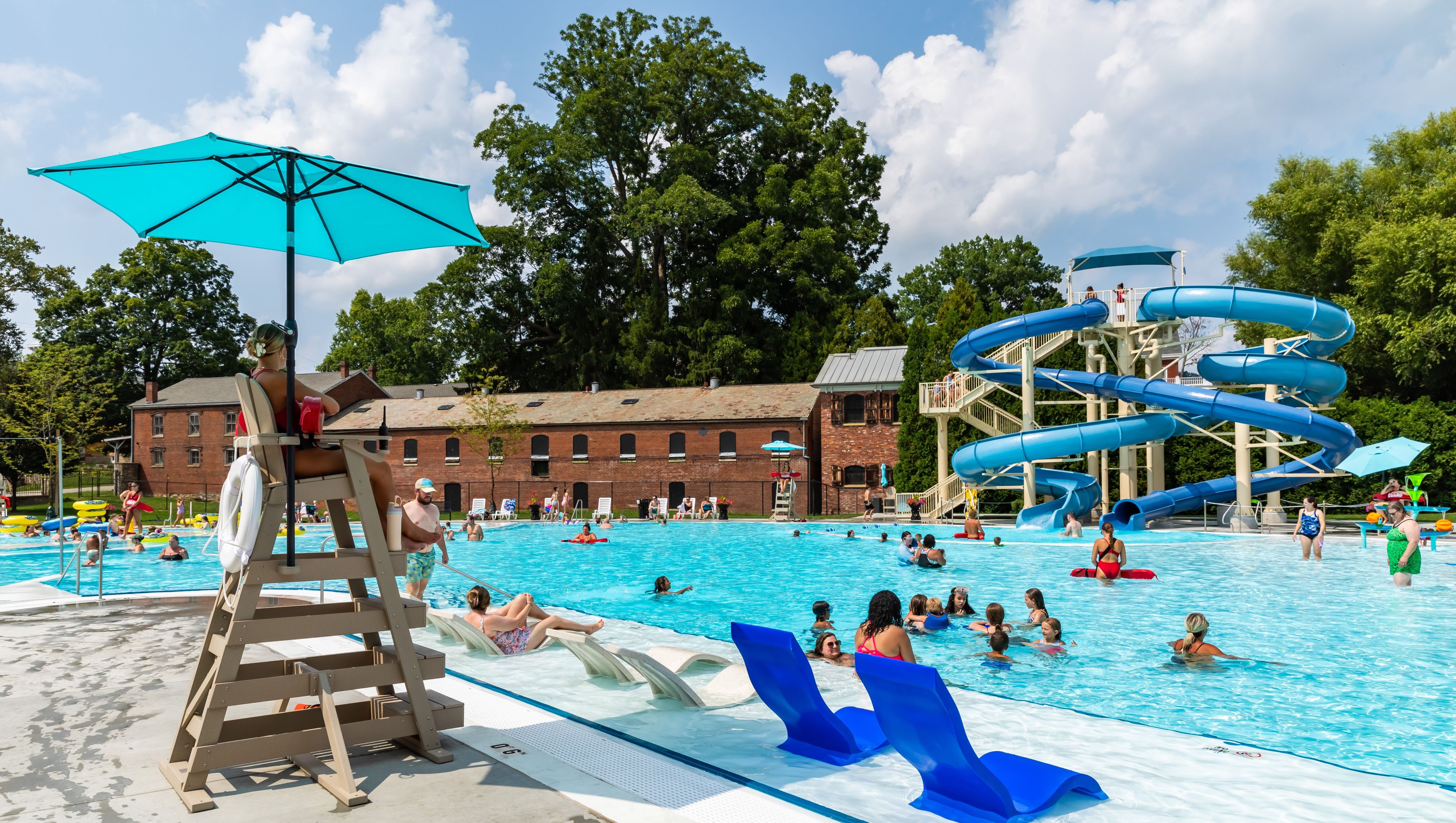For the Buffalo Grove Park District, a sense of cohesion ranks among its top priorities.
To instill a sense of teamwork and a stronger culture among the staff, it recently altered its trainings in a way that both streamlined and intensified the learning. This not only helped the team retain information, but made for a more tight-knit group.
Creating this sense of cohesion extended beyond its own team, to include others with which it collaborates. This includes the local fire department and the staff of the city’s eight day camps.
Strategized Training
Until recently, the staff underwent training that was lengthy and sprawling. Sessions began well before the season and were scattered throughout summer.
“There were tons of trainings — hours upon hours,” says Jenn Foreman, aquatics facility supervisor of Buffalo Grove Park District in Buffalo Grove, Ill. “And in May, there are so many other things these kids are focused on: AP tests, finals, wrapping up their high school careers.”
Now, the staff undergoes a week-long training after the school year ends. Foreman likens it more to a boot camp. “Now they don’t have anything else schoolwise to focus on,” she says.
During summer, they engage in shorter, tightly focused sessions.
In addition to making it easier to focus and absorb the information, this approach brings the team together.
“They’d be sitting and talking as if they’d been friends forever, even if they didn’t know each other before,” Foreman says. “If a new guard doesn’t know something, a veteran staffer will come in and, no questions asked, just help them out.”
She attributes that to being together for an intensive 40 hours. “It kind of forced that teamwork, and the staff to talk to each other and form those bonds,” she says.
Reaching out
The aquatics team tries to collaborate more closely with other departments, too. That’s why it trains with the local fire department and day-camp staff.
The lifeguards love the visits from the fire department, for which the first responders bring their full gear. The aquatics and fire teams enact scenarios and play them all the way through.
“My [goal] is training as realistically as possible,” Foreman says. “When we practice scenarios, instead of just providing care until I say, ‘EMS takes over,’ they see what that actually looks like, with EMS walking onto the pool deck, setting up their equipment, and then the actual transfer of care.”
Because they bring different specialties to the table, each team learns from the other, she adds.
They take a similar approach with the camp staff, as approximately 1,300 of their children visit the city’s Willow Stream Pool each week. When the teams come together, they learn how responsibilities are divided at the pool, as well as how each does their jobs.
By doing this, the team insures that nobody makes assumptions. For instance, camp counselors find out that, while the lifeguards definitely serve as experts in aquatics safety, counselors still play an important role. Because they work with the children all day, everyday, they know better when a kid is showing signs of fatigue. So they can monitor when their charges need a break from the pool, or perhaps a snack.
For the aquatics staff, the collaborations add dimension to their training, Foreman says: “It just takes the in-services and trainings to the next level, where they can see the big picture.”



